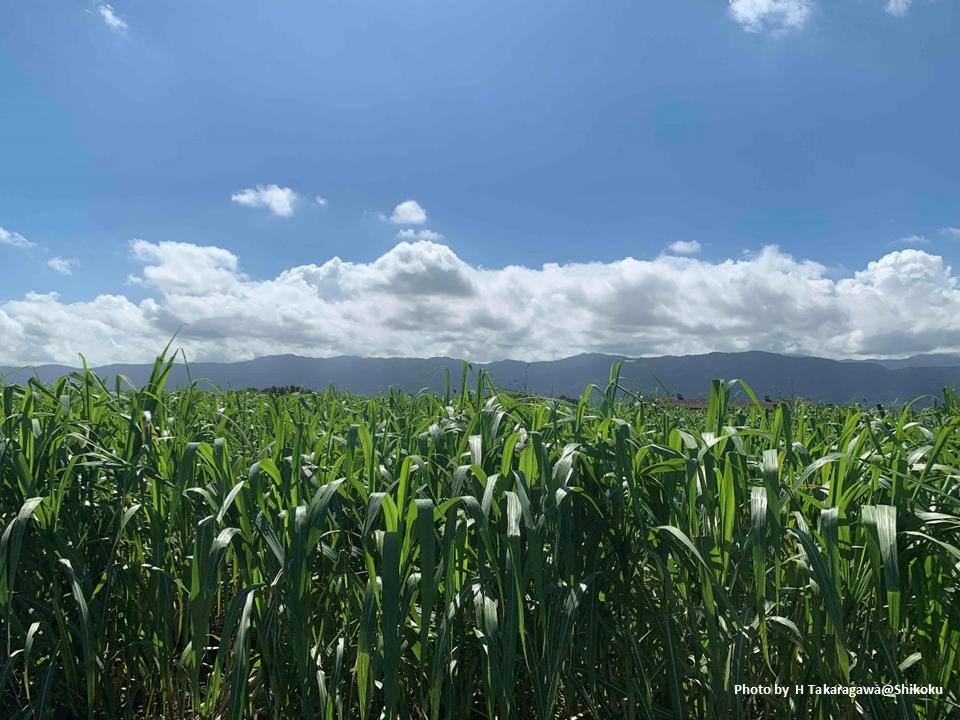Pick Up
1227. What we can learn from historical writings (Takaragawa’s Newsletter vol. 6)

1227. What we can learn from historical writings (Takaragawa’s Newsletter vol. 6)
JIRCAS is a research organisation that carries out a series of research and development projects, from technological development to demonstration and social application in developing countries and other regions facing difficulties in the agriculture, forestry and fisheries industries. In each production area, production problems specific to each region arise, and it is necessary to find a way to solve these problems with flexible and innovative research ideas. In order to carry out research and development and to continuously achieve successful outcomes, research seeds need to be enriched. In addition to understanding the research demand for what approaches are needed to solve the problems occurring at the production sites, construction of verification hypotheses on how to approach the problems is essential for the research seeds.
Such new ideas, i.e. research seeds, can also be derived from practical production activities. Moreover, learning from historical documents, which are a collection of local knowledge at that time, or in other words, the ‘learning from the past’ approach, can be useful in solving problems even when the time, place and species of cultivation differ from another time and place. For example, the International Agricultural Research Institute developed the P-dipping method, in which mud containing phosphorus fertiliser is applied to the roots of rice seedlings before transplanting, referring to a fertiliser application method called Momitsuke (rubbing phosphorus fertiliser (bone meal, etc.) onto the roots of rice seedlings in Japan in the Meiji era (in Kagoshima Prefecture, where volcanic ash soil with a high capacity for fixing phosphorus is common). This innovative method is contributing to improved yields and avoidance of various stresses in phosphorus-deficient paddy fields in Madagascar, far from Japan (Dipping rice seedlings in phosphorus (P)-enriched slurry at transplanting increases yield and avoids cold stress under P-deficient soils in the tropics | Japan International Research Center for Agricultural Sciences | JIRCAS).
The author had the opportunity to read many old documents on sugarcane production in Shikoku region, Japan, which has continued since the Edo era. Through this, I learnt that sugarcane cultivation had been encouraged throughout the country, including Hokkaido, during the Kyoho period, and that many scholars and clan officials had worked hard to establish cultivation and sugar production methods. The book, ‘Kansho Taisei’, written by Nagatsune Okura, one of the three major agricultural scholars of the Edo era, is a compilation of sugarcane cultivation and sugar production methods of the time, based on his experience of cultivation in the Kinai region, with illustrated explanatory notes. The book provides hints for sustainable sugarcane production in the modern era: the use of organic fertilisers such as dried sardines and human manure, and the encouragement of back-cropping and intercropping with wheat to prevent land damage from continuous cropping. Personally, I found the process of removing sprout known as “Magogaki” very interesting in terms of the removal of ineffective tillers, and it has led me to reconsider the sugarcane biomass production model.
This time, I recognised the importance of learning from historical documents, which are a collection of local knowledge of certain times. While reading the latest papers, it may also be a good way to broaden your scope as a researcher to learn from historical documents and related old books.
Contributor: TAKARAGAWA Hiroo, Tropical Agriculture Research Front
